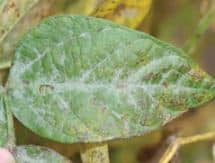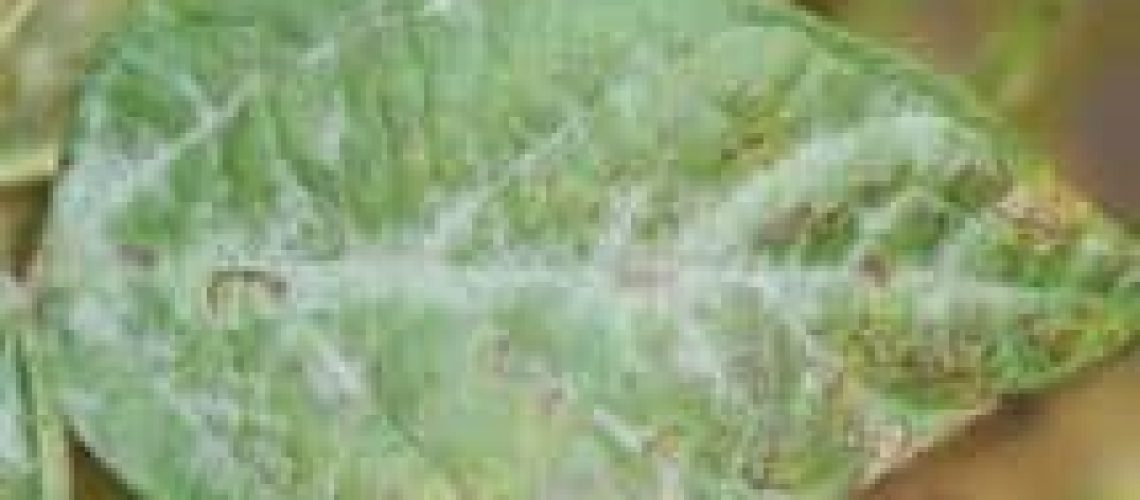 White Or Gray Spots On Leaves Are An Indication of Powdery Mildew
White Or Gray Spots On Leaves Are An Indication of Powdery Mildew
If you start to notice white or grayish spots on the leaves of your plants you may be infected with powdery mildew. Powdery mildew is a fungal disease. It starts out as white or gray spots on the leaves of plants and will result in the leaves yellowing and eventually dropping.
Powdery Mildew Affects Plants
Powdery mildew is not fatal in itself. However, there isn’t a known treatment that has been proven to 100% control the fungus other than destroying the affected plant(s). The results on the plants that contract powdery mildew is stunted growth, the buds, blooms or fruit of the plant are distorted and the plant is weakened. The powdery mildew spores never stop producing which is why it is necessary to remove the affected plant and destroy it.
Powdery Mildew Is Transferred Naturally
Powdery mildew produces spores just like any other form of mildew. The spores get transferred by wind, is carried by insects and travels through splashing water. Damp and humid conditions encourage the growth of powdery mildew as does areas that are crowded with plants and areas that have poor air circulation.
Actions To Help Eliminate Powdery Mildew
The first course of action to eliminate powdery mildew is to destroy the affected plant(s). Next you should thin out and prune the plants that were in the area since powdery mildew thrives in areas of crowded plants. Thinning out the landscaped area will improve air circulation and will dry out the damp, humid conditions that encouraged the spores to produce in the first place. Don’t fertilize your plants in the area again until you know the mildew is under control. Don’t water the plant from above since the mildew grows on the leaves of the plants. Watering from above will only flush the spores down into the roots of the plants in the adjacent areas. Finally you need to apply a fungicide as directed for the particular plant species affected by the powdery mildew. You should consider contacting a reputable company licensed to apply pest control and fertilization. There are also home remedies that involve a baking soda mixture.
Impatiens Are Currently Affected By Powdery Mildew
For years landscape growers have been manipulating the genes of impatiens to get different shades and type of species. Doing this has weakened the plant making it more susceptible to powdery mildew. Before you buy or install impatiens ask the supplier or landscaper if the plants have shown any signs of having white or gray spots on the leaves. If they have, they may have already been infected by powdery mildew.
Powdery Mildew Will Not Contaminate Across Plant Species
Powdery mildew will not cross contaminate plant species. If you have impatiens that are affected they will not spread it to your coco plums. Nor will an infected grass spread it to any of your palm trees. It can only spread itself among like plant species.


